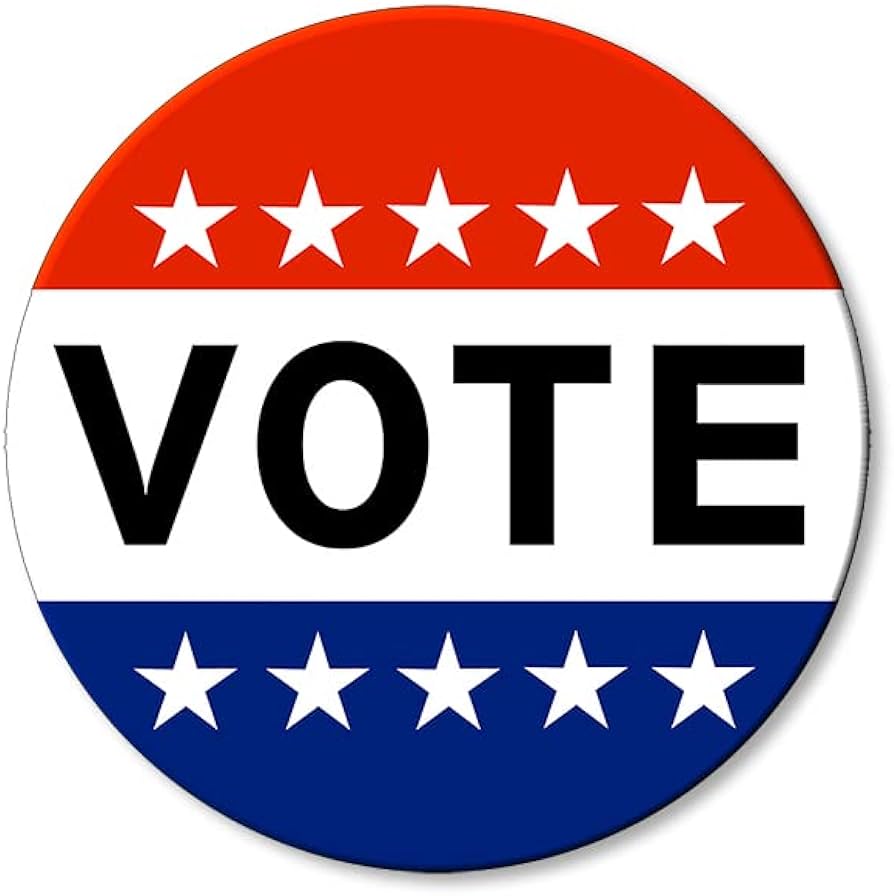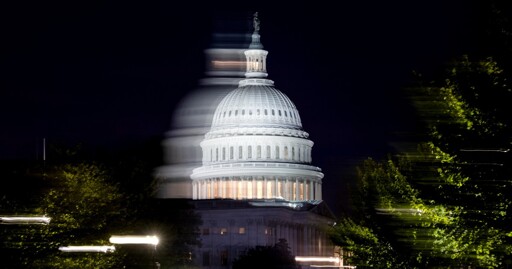The U.S. government officially shut down after Congress and the White House failed to reach an agreement on how to extend federal funding.
Donald Trump’s Republican Party controls both chambers of Congress, but it needs Democratic support to pass a bill in the Senate, where 60 votes are required. And the two parties failed to craft a bipartisan bill, with the Senate rejecting both a GOP proposal and a Democratic proposal just hours before the shutdown deadline.
It’s the first government shutdown since 2018, in Trump’s first term, which was the longest ever at 34 days, lasting into early 2019. There is no clear path to a resolution, with the two sides fundamentally at odds over how to resolve the impasse.



Good to know.